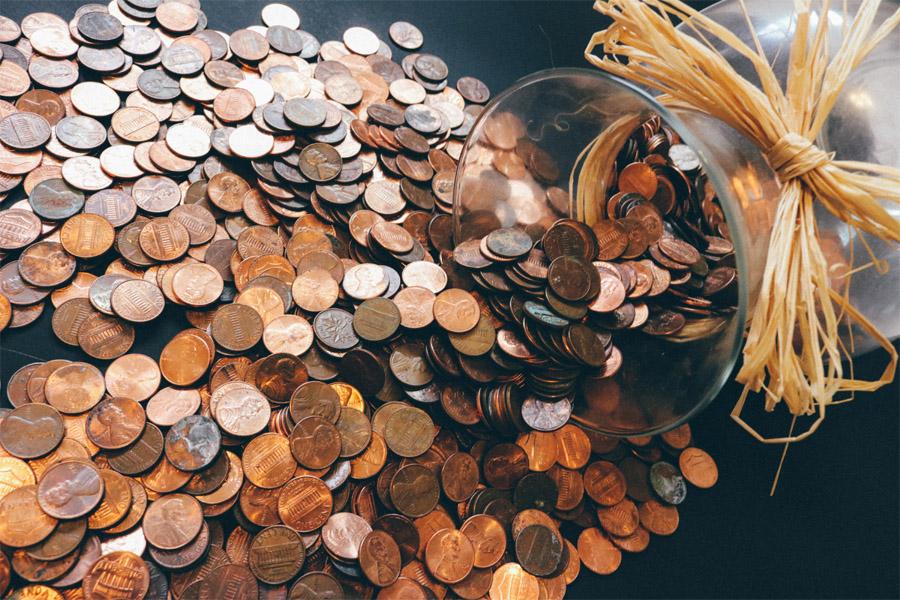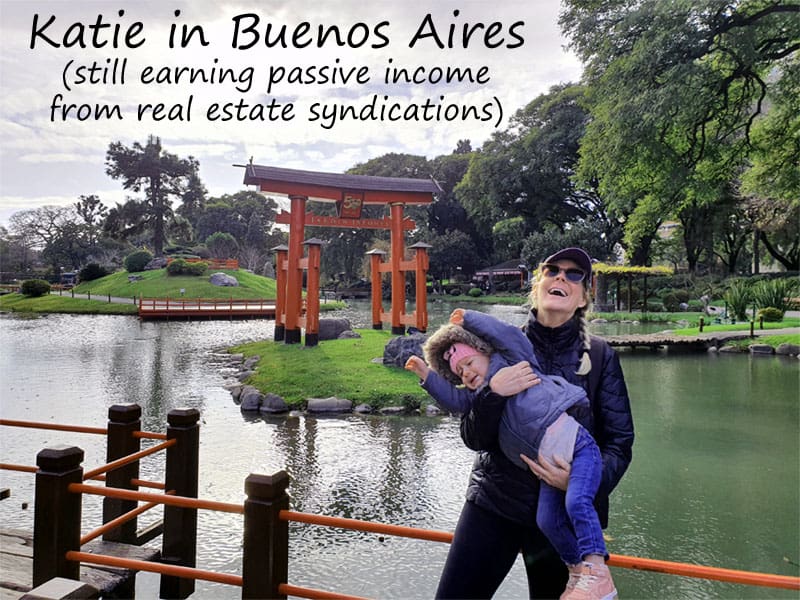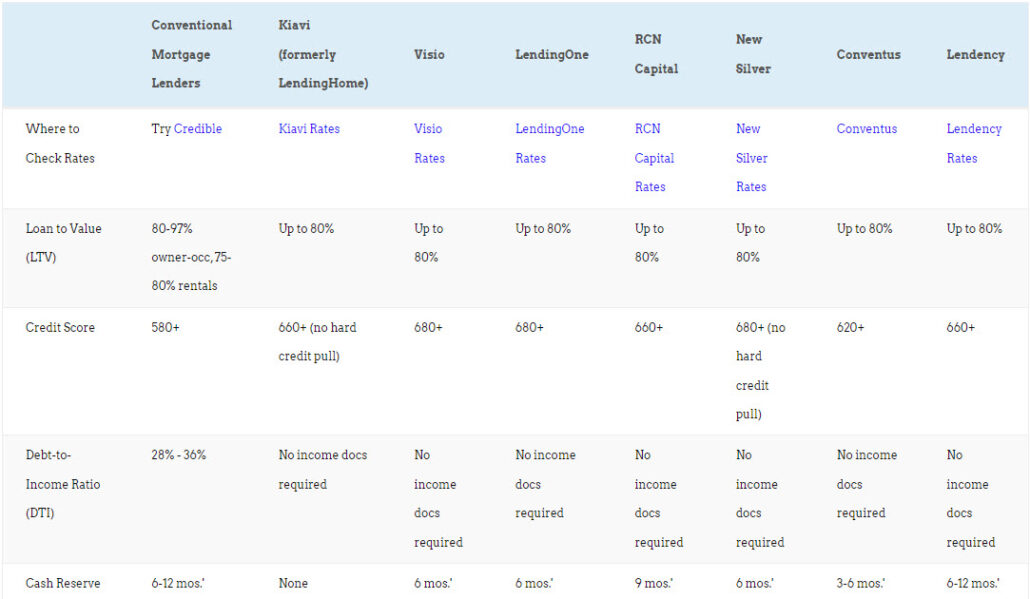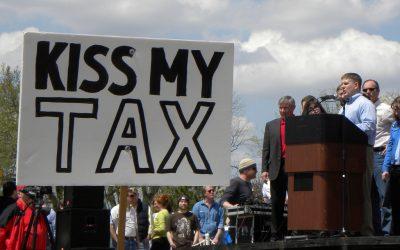The Big Picture On Down Payment For House Purchases:
-
- Down payments are historically used to mitigate risk for both the buyer and lender. A big enough down payment helps minimize interest rates, monthly payments, and the total mortgage.
- Not everyone has money to burn for down payments for a house. Thankfully, some loans like FHA, VA, Fannie Mae, and Freddie Mac offer low down payments for qualified loaners.
- Real estate investors can look into the BRRRR method to enhance their portfolios without depleting their capital and cash flow.
Disclaimer
The information provided on this website is for general informational purposes only and should not be construed as legal, financial, or investment advice.
Always consult a licensed real estate consultant and/or financial advisor about your investment decisions.
Real estate investing involves risks; past performance does not indicate future results. We make no representations or warranties about the accuracy or reliability of the information provided.
Our articles may have affiliate links. If you click on an affiliate link, the affiliate may compensate our website at no cost to you. You can view our Privacy Policy here for more information.

Coming up with a down payment for a house presents the greatest barrier to buying for homeowners and real estate investors alike.
But do you have to put down a down payment on a house when you buy it? Are there creative workarounds that homebuyers and real estate investors can use to minimize the down payment?
It turns out there are ways to minimize down payments, especially for real estate investors. Of course, they have to come up with a far larger down payment than the average homeowner.
Why Is There A Down Payment Requirement For Most Real Estate Loans?
For the lender’s side, down payments are used to hedge against the risk of a non-paying client. It also gives the impression that the clients are capable of managing their finances to meet loan obligations over a long period.
For the borrower, a down payment can affect the overall state of your loan, including interest costs and monthly payments—and, yes, it also reduces risk on the buyer’s side. Higher down payments can lead to lower interests and monthly payments, or even shorter loan times.
How Much of a Down Payment Do I Need?
Homeowners must typically put down 5-20% of the purchase price when buying a house.
While it’s commonly known that 20% is the expected amount, this has changed in recent years, with the average down payment for a home in the US coming in at 14.4%. However, the government does sponsor some loan programs with particularly low down payments.
| Loan Type | House Down Payment Requirement |
|---|---|
| FHA Loan | 3.5% with a credit score of 580 or higher; 10% with a credit score of 500-579 |
| VA Loan | 0% (No down payment required for eligible veterans and service members) |
| USDA Loan | 0% (No down payment required for eligible rural homebuyers) |
| Fannie Mae | At least 3% for HomeReady and standard loan programs for a single-family home |
| Freddie Mac | Similar to Fannie Mae, often starting at 3% for first-time home buyers and those meeting specific criteria |
As we can see, FHA loans require only 3.5% down from borrowers with credit scores over 580. On the conforming side, Fannie Mae offers a 3% down mortgage program, as does Freddie Mac. Military veterans can even score 0% down mortgages from the VA!
Several factors impact the down payment required by your mortgage lender. Your credit history makes a huge impact, so if you have a few dings on it — or haven’t established much credit history — work to repair or build your credit fast. Lenders also look at the stability of your employment and income because they ultimately price and structure loans based on the perceived risk that you will default.
Remember that if you put down less than 20%, you must pay private mortgage insurance (PMI). PMI can add $1,000 or more to your annual mortgage costs, seriously affecting your budget.
Real estate investors, in contrast, must typically come up with a greater down payment. Expect to put down between 15-30%, with strong borrowers generally putting down 20-25% depending on their credit, investing experience, and the lender.
That higher down payment requirement leads some investors to get creative and look for loopholes in using homeowner financing to buy investment properties.
Tips To Minimize The Down Payment On Your House
Let’s go over your options on how to lower the down payment for your next house purchase.
Loophole 1: Occupy the Property for One Year
To qualify for a homeowner mortgage, you must live in the property for at least one year. After a year, you can move out and keep the property as a rental.
This strategy keeps your down payment and interest rate low. Some conventional loan programs require just 3% down! You can compare instant prequalified interest rates and down payments on Credible*.
That said, this strategy has several drawbacks. First, it sets a speed limit of one property per year. If you’re relying on owner-occupied financing, you can’t build your rental portfolio faster than that.
Second, these mortgages all report on your credit. One or two mortgages reporting on your credit can boost your credit score, but five or ten? They can ruin your credit.
Third, most conventional mortgage lenders limit the number of mortgages that can appear on your credit. For many loan programs, that limit is four—after that, you’ll have a hard time getting a mortgage.
Finally, you have to buy the property under your name rather than under an LLC or other legal entity to maintain your privacy as a landlord and avoid personal liability in the event of a lawsuit. If you want to borrow a loan for an LLC, plan to get a proper rental property mortgage from a portfolio lender.
This strategy is how the Hoeflers built their rental portfolio and reached financial independence. It worked especially well for them because they combined it with house hacking.
Loophole 2: House Hack a Multifamily
Another way real estate investors can use homeowner financing to minimize their down payment and interest rate is through house hacking a multifamily property.
While there are many ways to house hack to live for free, the classic model involves buying a small multifamily, moving into one unit, and renting out the others. Take Tim, for example, who house-hacked a duplex. His neighboring renters pay enough to cover his monthly mortgage payment and much of his maintenance and repair costs.
And, like the Hoeflers, you can always move out after a year and buy another multifamily!
(article continues below)
Loophole 3: House Hack Through Your Children
One little-known rule with FHA loans is that parents can take out mortgages with their children, often called “kiddie condo loans.”
They work like this: you buy a property for your adult children, and they move in and pay you rent. They fulfill the occupancy requirement on your behalf, so you don’t have to move in to qualify for an owner-occupied FHA loan.
You can even use these kiddie condo loans to buy up to four units of multifamily properties. Once your child moves into one unit (or even just one bedroom) for at least a year, you’ve met your occupancy requirements.
Can I Borrow the Down Payment?
For owner-occupied mortgages, you usually cannot borrow the down payment. Exceptions sometimes include seller-held second mortgage financing.
Homebuyers can, however, accept a gift from friends or family to help cover the down payment. Lenders require a signed letter from the giver stating that the money does constitute a gift with no strings attached and does not need to be repaid.
Another option for homebuyers includes down payment assistance programs. For example, the FHA offers down payment assistance programs, particularly for first-time homebuyers.
However, real estate investors can usually borrow the down payment. Because they come up with such a large down payment, many investment property lenders emphasize the collateral — the property — more than the borrower. That leaves investors with far more flexibility when getting a loan for a rental property.
Investors can use this lenience to buy rental properties with no money down if they get creative. But that leaves them vulnerable to low or negative cash flow; always run conservative numbers using the rental income calculator!
Can I Put the Down Payment on a Credit Card?
Homebuyers cannot put the house’s down payment on a credit card, as conventional mortgage lenders don’t allow it. However, real estate investors can usually put a down payment on a credit card or draw it from a rotating credit line like a HELOC.
Real estate investors can open HELOCs against their rental properties, not just their primary residence, to tap into equity.
As for credit cards, real estate investors aren’t limited to their cards. They qualify as business owners and can open $100,000 – $250,000 in unsecured business credit cards through concierge services like Fund & Grow. Nor do they get hit with cash advance fees if they use the right tools to charge their cards directly to the title company when they buy!
That lets them take out a standard rental property mortgage through a portfolio lender (a lender that keeps the loan on their own books) and then cover the down payment with their business credit cards.
Again, be careful not to overleverage yourself. The more you borrow, the thinner your real estate cash flow.
The BRRRR Method for 100% Financing
The acronym BRRRR stands for buy, renovate, rent, refinance, repeat. You buy a fixer-upper with a hard money loan, rehab it, and then refinance to a long-term rental property mortgage.
Using the BRRRR method, you still need to make a down payment on the initial purchase-rehab loan. However, you can withdraw your initial down payment when you refinance to a 30-year rental property mortgage.
It works because the refinance is based on the property’s after-repair value, not the original purchase price. So, if you created enough equity through your renovation, you can use that equity to cash out your original down payment.
At that point, you have none of your own cash tied up in the property. You’ve achieved 100% financing and can turn around and reinvest the same cash into another rental property. And another. And another.
Nothing stops you from taking the same $40,000 and recycling it to build a rental property portfolio of 20, 30, or 40 properties.
Things To Known When Considering Your House Down Payment Strategy
There’s no one-size-fits-all answer when financing your real estate investments—and that’s the beauty of it. With so many options, you can find what works best for you.
However, that does involve some due diligence. To that end, here are some things you may want to consider when minimizing your house purchase’s down payment.
| Consideration | Higher Down Payment | Lower Down Payment |
| Monthly Payment | Lower monthly payments | Higher monthly payments |
| Private Mortgage Insurance | May eliminate PMI | Likely required if <20% down |
| Cash Reserves | Depletes more of your savings | More cash left for emergencies/investments |
| Home Equity | More equity immediately | Less initial home equity |
| Investment Potential | Less cash available for other investments | More cash available for investments |
| Affording a More Expensive House | Higher-priced homebuying potential due to lower DTI ratio | A lower DTI might limit purchasing power |
| Mortgage Interest Rate | Potentially better rates | Potentially higher rates due to more risk |
| Closing Costs | Might be lower due to a smaller loan amount | Higher due to a larger loan amount |
So… Do You Have to Put a Down Payment on a House?
In most cases, yes, you do need to put a down payment on a house. But not necessarily much of one, and you can get clever with ways to come up with a down payment that doesn’t involve saving cash.
If you’re a homebuyer with strong credit, you can use Fannie Mae or Freddie Mac’s 3% down mortgage programs. With weaker credit, you can still take out an FHA loan for 3.5% down.
Even real estate investors can use owner-occupied loans to score a rental property mortgage if they use one of the loopholes outlined above.
Investors who take out hard money loans for purchase-rehab or long-term rental property mortgages from portfolio lenders can typically borrow the down payment elsewhere. They draw on business credit lines and cards they secured through Fund & Grow, negotiate a seller-held second mortgage, or buy a rental property with no money down by cross-collateralizing other properties with equity.
How much of a down payment you need depends on your creativity, credit, income stability, and access to other funding sources. You can even put a down payment on a credit card if you use the right rental property mortgage and open unsecured business credit cards.
But as you explore how much of a down payment you need and ways to minimize it, bear in mind that for all the allure of no-money-down tactics, they often leave you dangerously overleveraged. With too little of your own cash in a deal and too much mortgage debt, most properties fail to produce cash flow.
Remember: buy a rental property that costs you money every month rather than earning it, and you’ve bought a liability, not an asset.
What tactics are you considering, as you explore whether you have to put a down payment on a house, and how much down payment you need? How are you planning on coming up with the down payment for your next property?



























I was thinking which loophole is more suitable for me as my credit is good and income is stable.
Hi Heidi, just depends on your investing strategy and priorities. I’m a big fan of house hacking for the free housing, low interest rate, and low down payment. But as a real estate investor, the best advice around financing is just to build a “financing toolkit” so you have many options available at any given moment.
Interesting, I would love to know more about Fannie Mae or Freddie Mac’s loans. I’ll be looking into that, thank you!
Let us know how your experiences turn out Angel!
Hi Brian: I am a Realtor helping a friend in need of a mortgage. His credit is not good and he is working or its repair but he needs to move out where he lives and my question is if you can recommend a hard money lender for a 6 Mths to a year
period for my friend to purchase a home about $250.000.00
Thanks.
Hi Gabriel, even hard money lenders like to see decent credit these days, as credit markets have tightened up during the pandemic. Your friend will also need an enormous down payment, heads up. He might consider renting for a year while he repairs his credit. Have him try Credit America to fix his credit quickly.
Alternatively, he could get an FHA loan and house hack. That’s also worth exploring!
Hi Brian, I am a professor. I follow your article sometimes. I want to know something.
What is the connection between the down payment and the Loan-to-Value (LTV)?
and What’s better: pay Private Mortgage Insurance (PMI) or save my cash?
Hi Logan, when you buy real estate, the lender agrees to put up a certain percent of the purchase price – this is the LTV. The remainder is what you have to put down in cash as a down payment. If the LTV is 80%, then you need to come up with a 20% down payment.
House hacking is my go-to when I was started investing. It’s convenient and newbie friendly. I recommend this to rookie investors too!
Amen Laura!